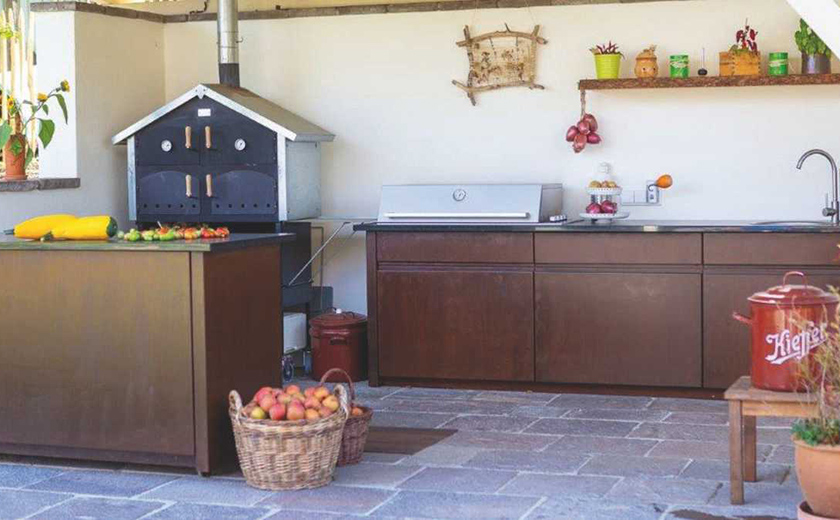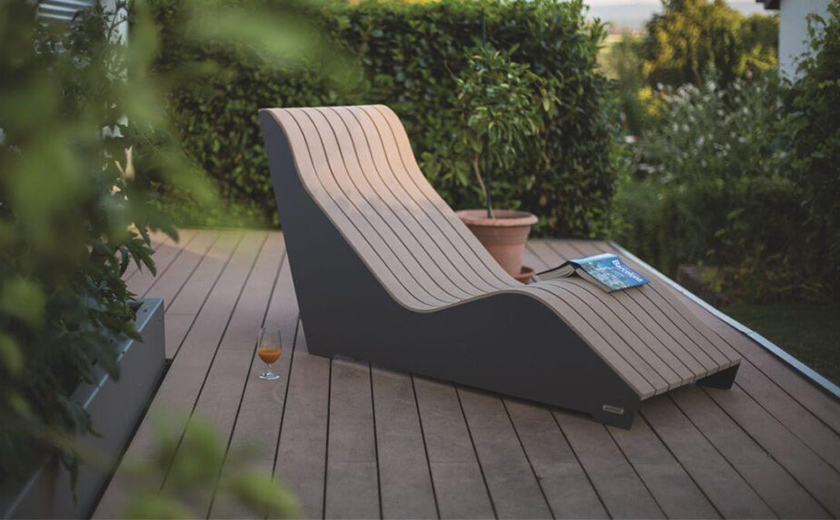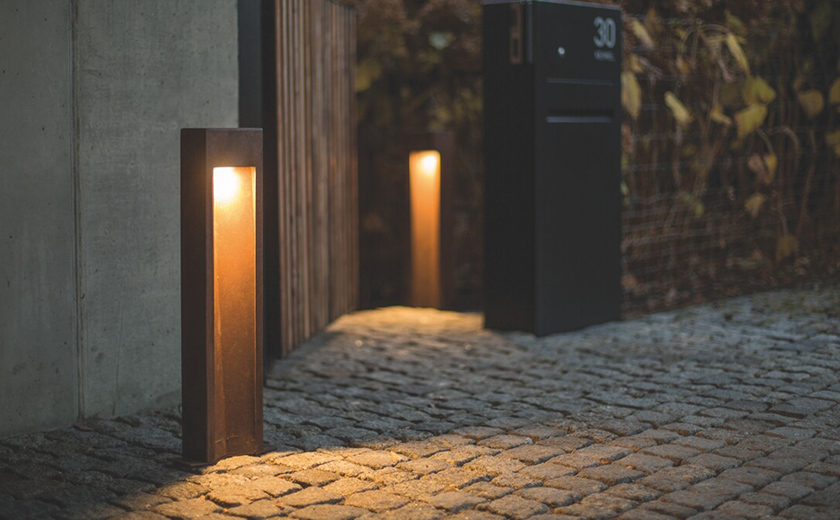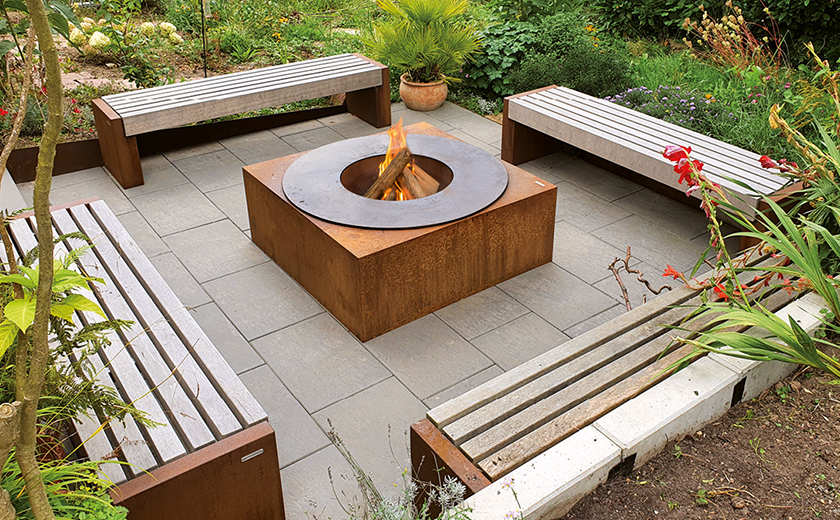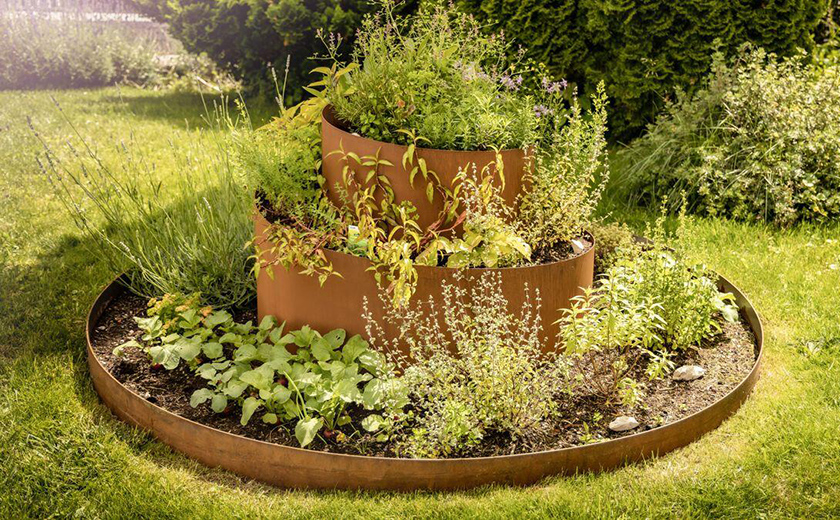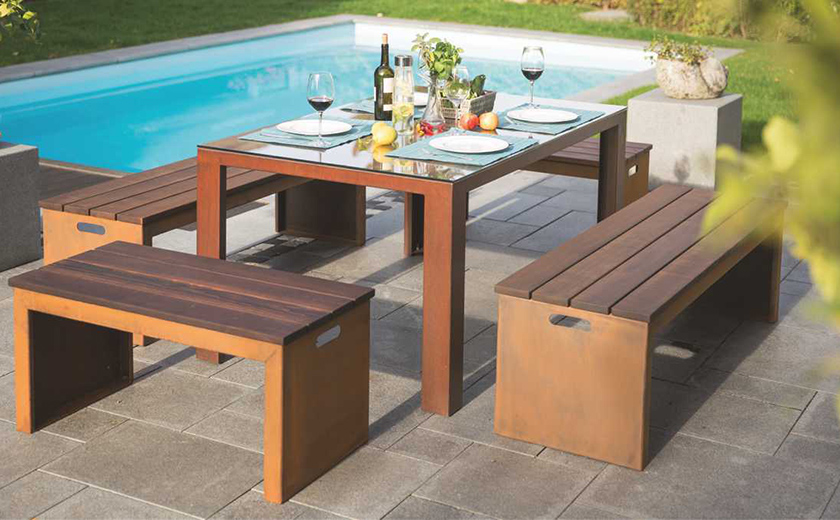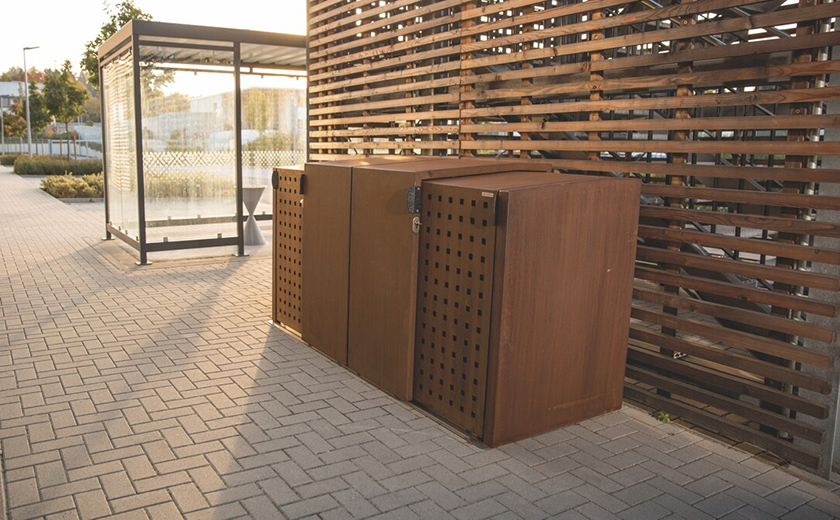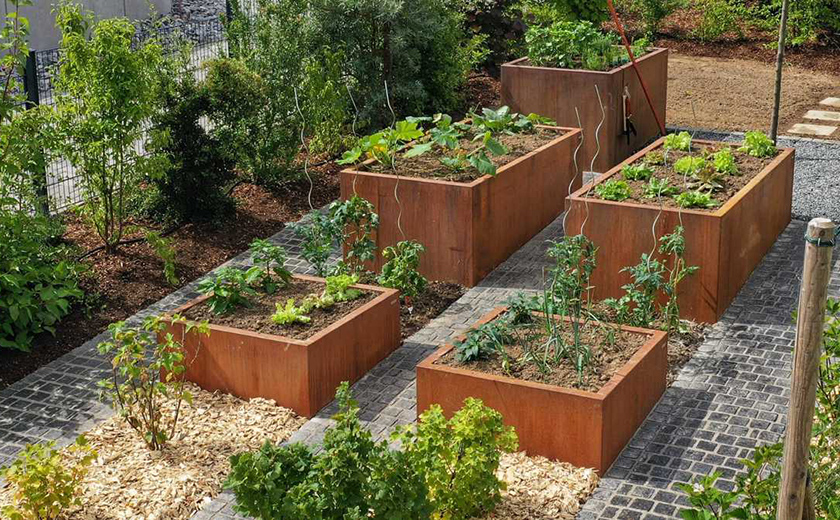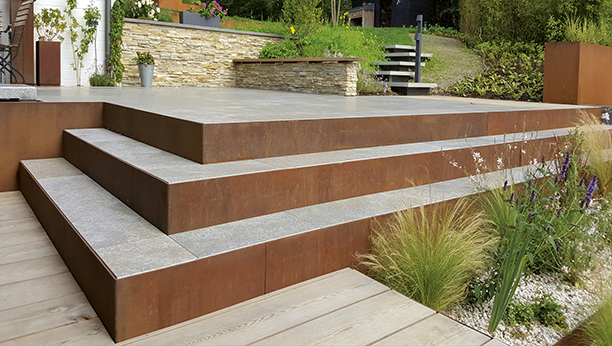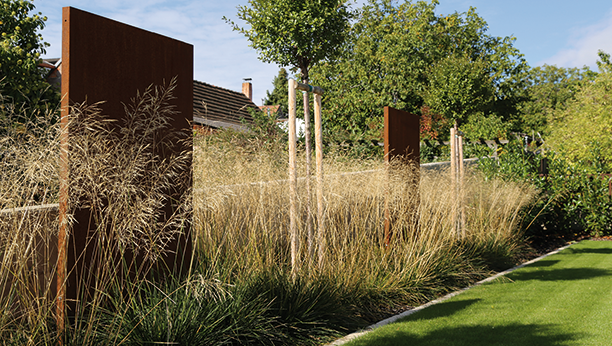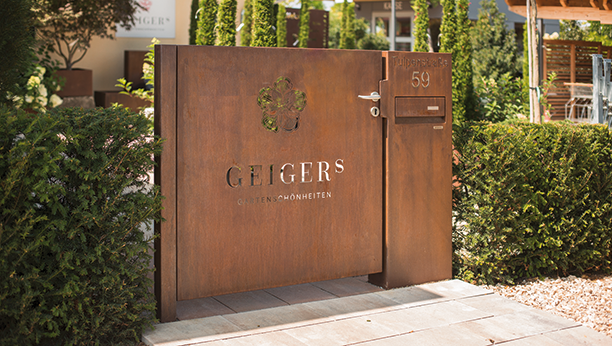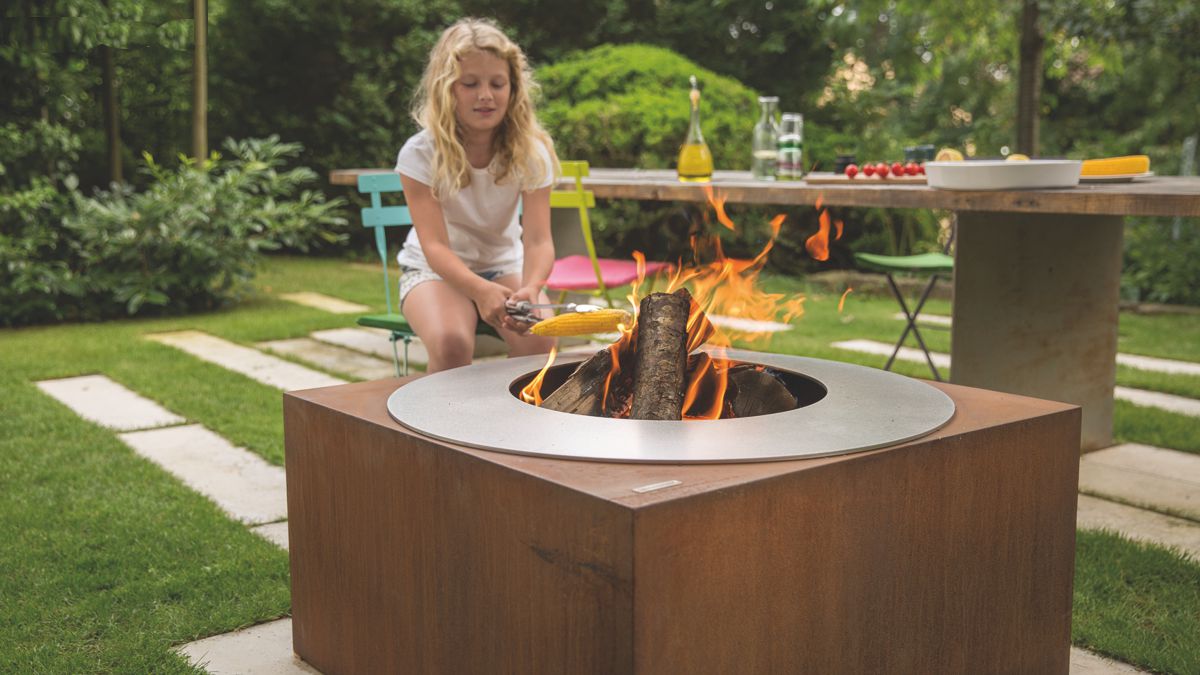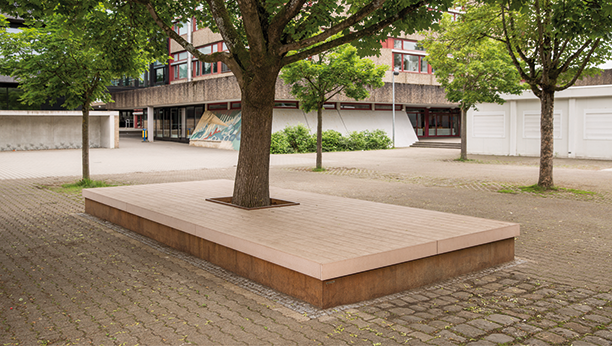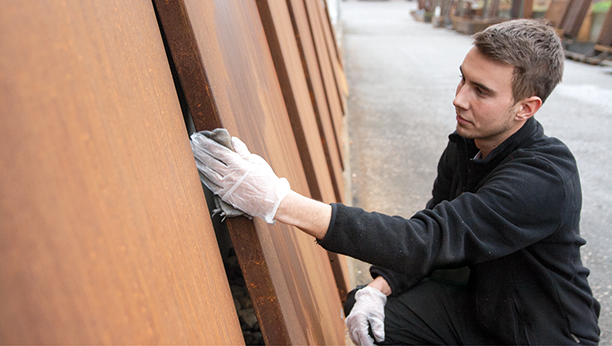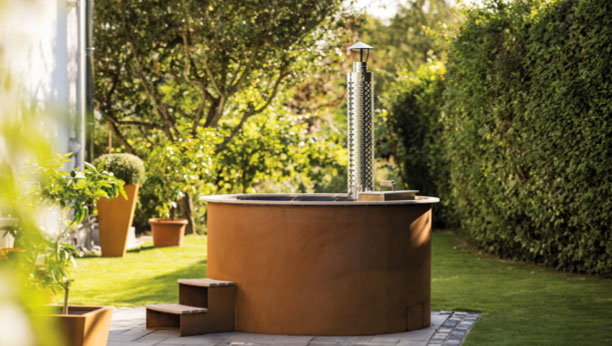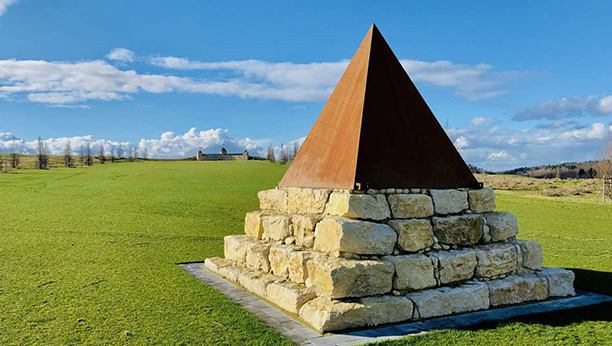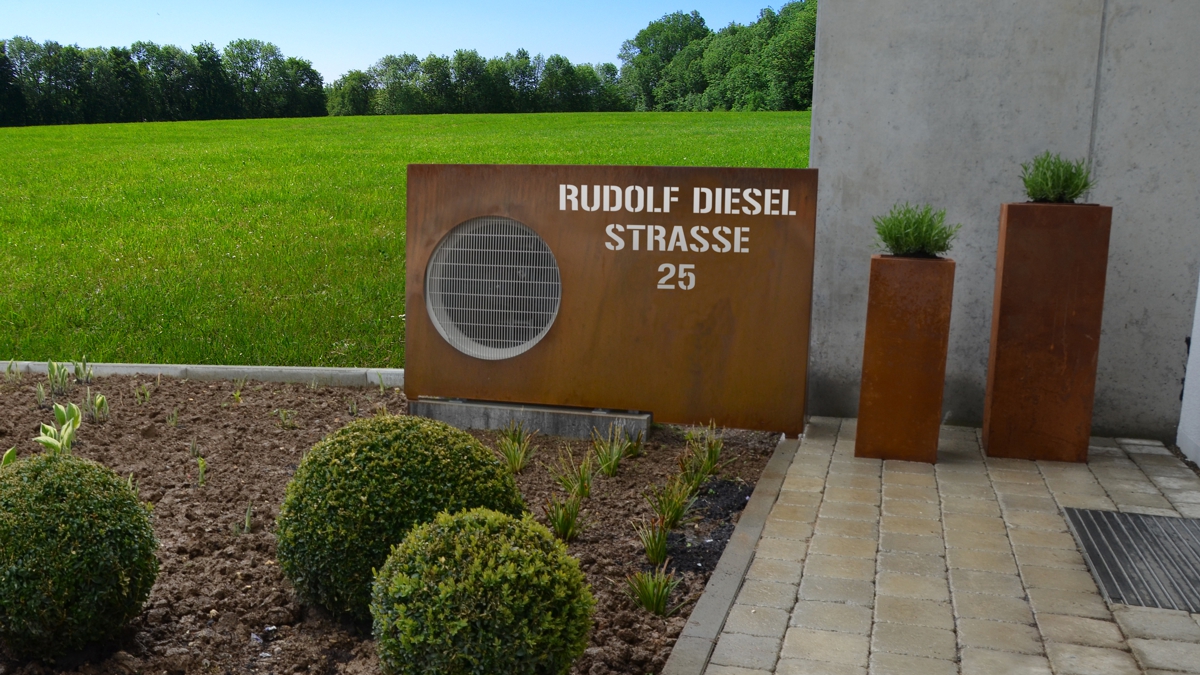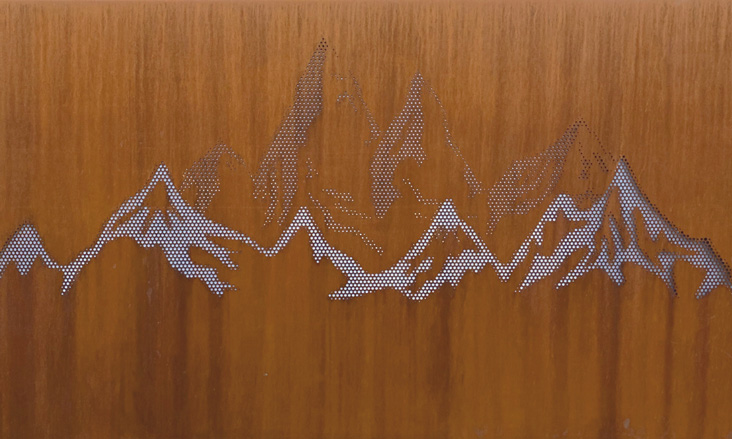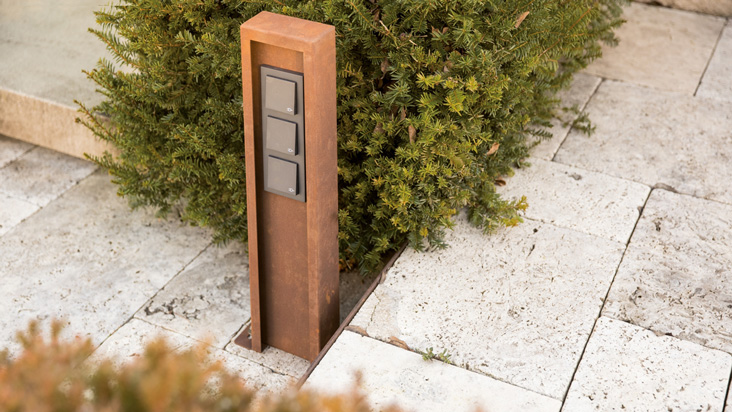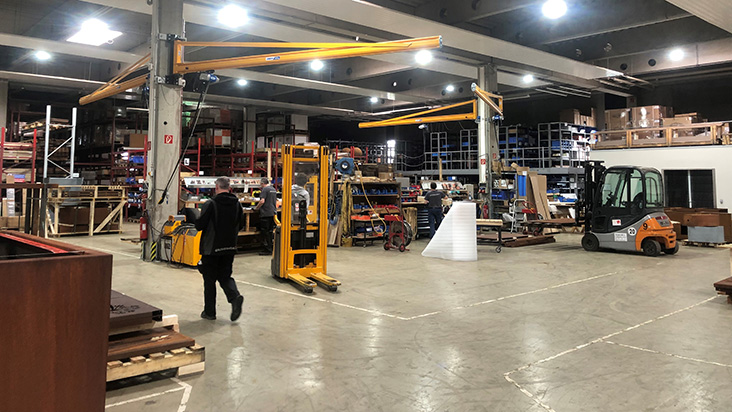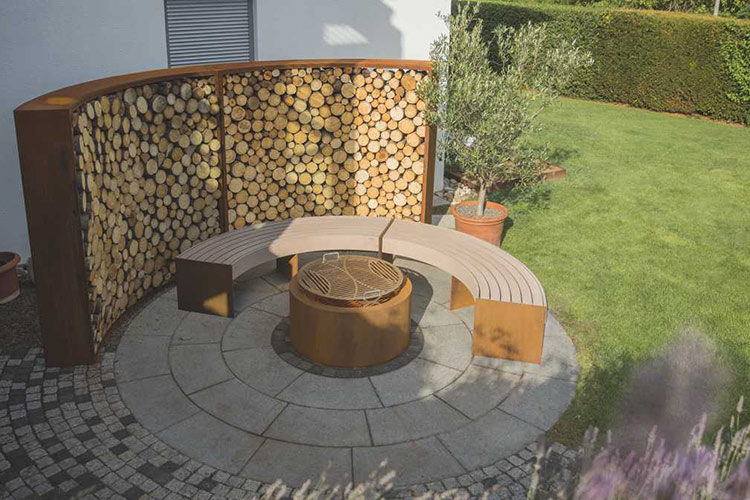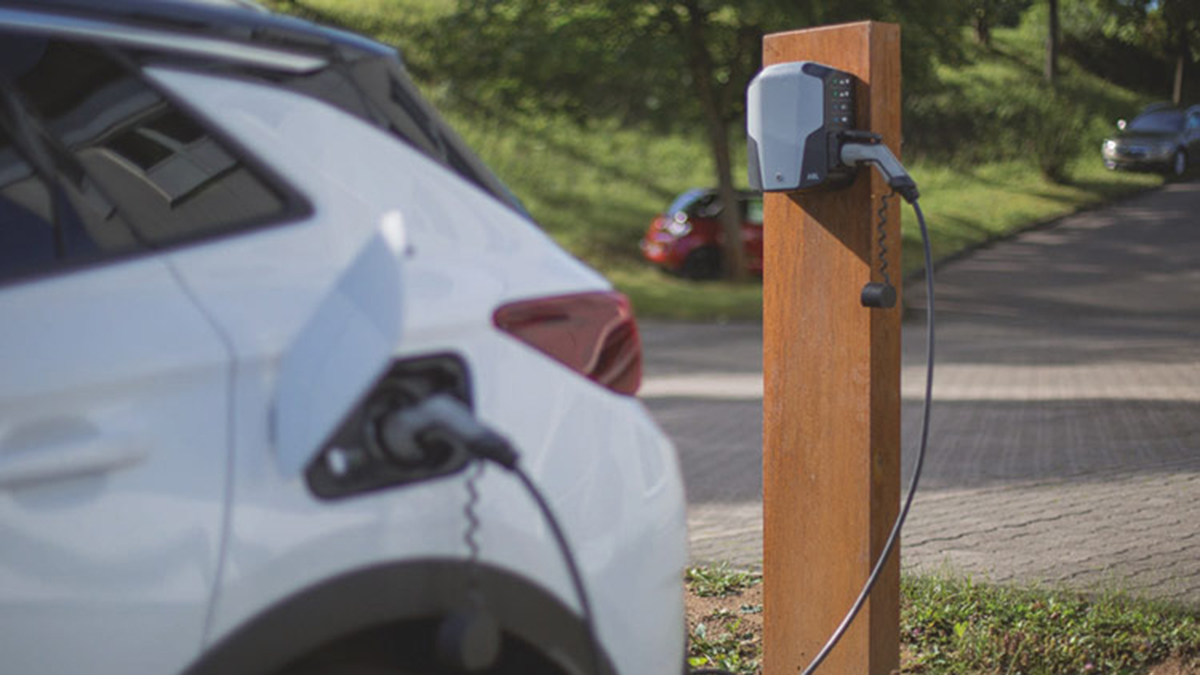Mo.-Th. 7:00 h – 16:00 h, Fr. 7:00 h – 15:00 h, Lunchbreak 12:00 h - 13:00 h
Welcome to GARTENMETALL®
Are you looking for high-quality, durable and attractively designed products for the garden or city? Then you have come to the right place! At our headquarters in Nuertingen near Stuttgart, we produce all our garden objects and street furniture ourselves – with great know-how and on the latest machinery. 100% made in Germany. The result is something to be proud of: See for yourself!
Our product range includes metal objects made of the characteristic rust-red Corten steel as well as objects made of shiny stainless steel, color-coated stainless steel or hot-dip galvanized steel. Among other things, you will findwater- and fountain objects, fire elements, privacy screen walls, benches und natürlich custom-made products, which are exactly customized to your requirements – thanks to our own production.
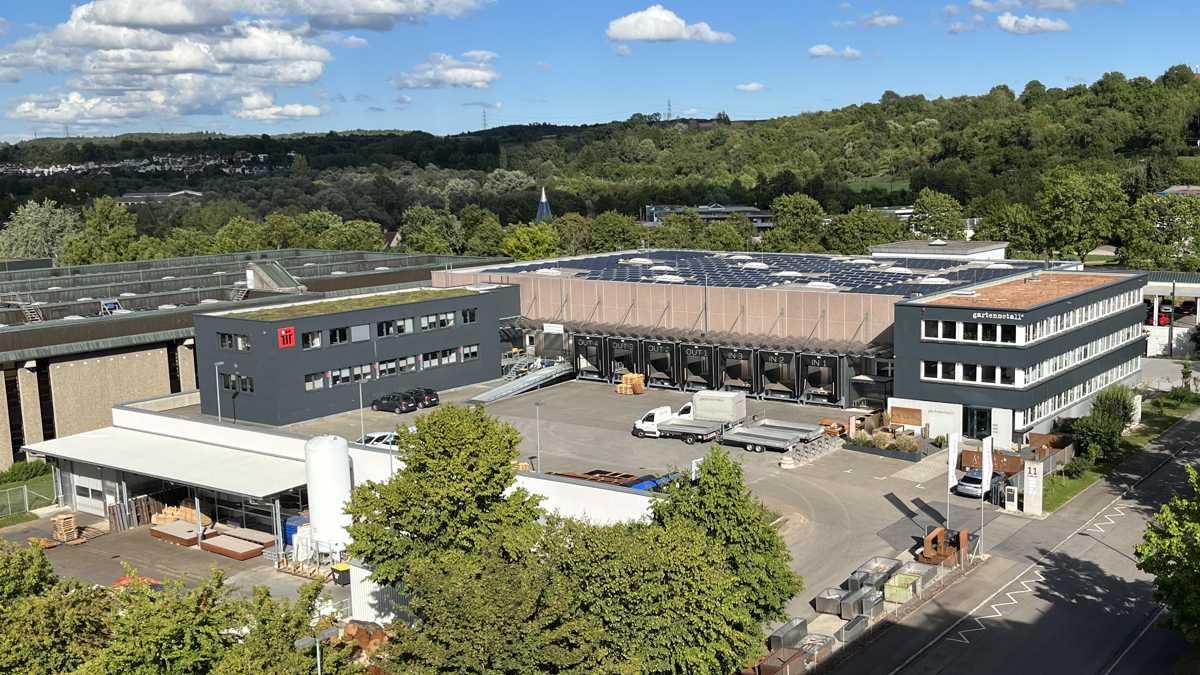
Headquarters and production under one roof: GARTENMETALL® company building in Nürtingen, Germany
Garden objects and Street furniture
We offer garden objects and street furniture for any installation situation and for any budget. On the following pages you will find out about our extensive range of products, learn interesting facts about materials, installation and of course about Gartenmetall® – your specialist for high-quality metal objects!

